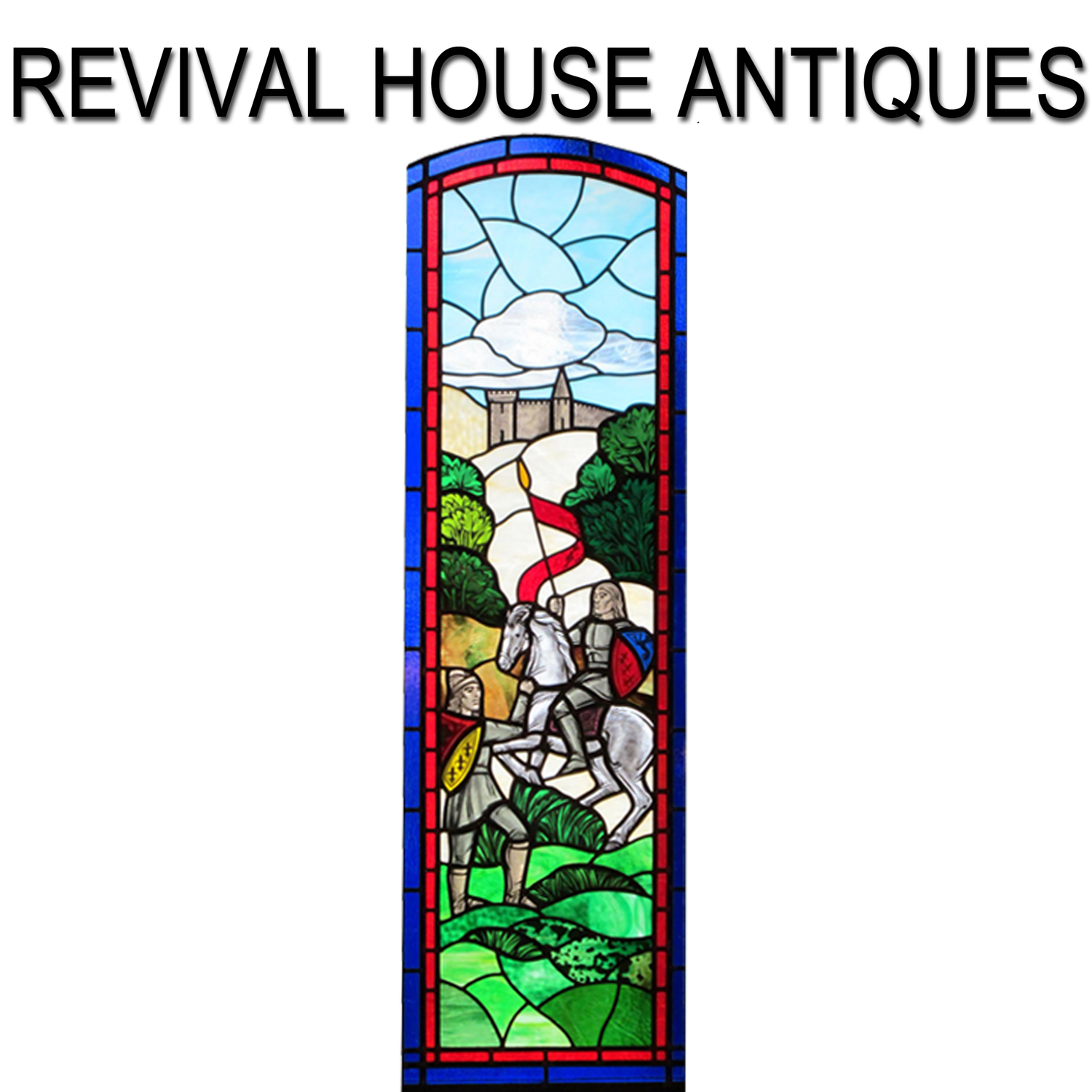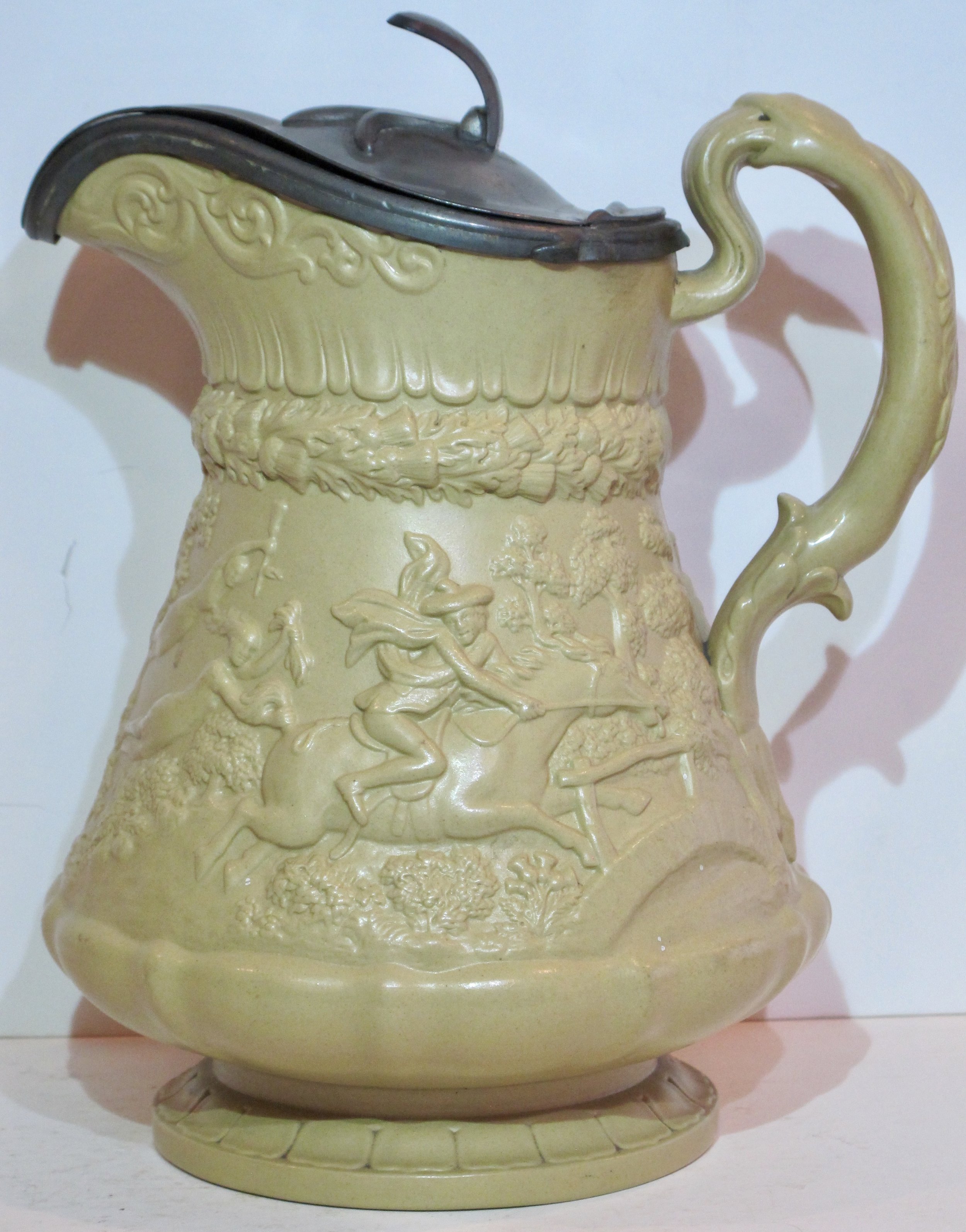Armor has been around for thousands of years, and was used by the Greeks and Romans, as you will see images of Greek and Roman soldiers wearing armor as well as knights and soldiers.. Armor was used in combat and was utilitarian. The more wealthy the army, the more heavily armed and armored the force could be.
A knight was considered to be someone of noble descent who was typically a landowner, serving a king. Both knights and soldiers wore armor, but the armor of a noble or knight was typically of the highest quality.
There are three basic kinds of armor, that for combat, tournament, and parade. The armor itself was engineered to great detail and was truly a work of art. That is why this is often found today, even in art museums, such as the Met in New York, The Museum of Fine Arts in Detroit and Philadelphia and the Art Institute of Chicago.
- Armor for combat was worn by everyday soldiers as well as for those leading the soldiers, which would be knights. Knights often wore plumes of feathers in their helmets as the colors of their house.
- Tournaments were held for sport and entertainment, and were basically the sporting events of the middle ages. Special armor was created for tournaments, often with greater design and embellishment, and plumes were worn here as well.
- Parade armor is typically the most fancy and embellished and was for formal dress and not used for combat. These are typically the very fancy armors that you might see in European museums. Nobles often are depicted in portraits and in formal court settings with parade armor.
Knights were romanticized with the Arthurian legend, and that romanticization has kept the image of knights in the public perception for hundreds of years.
What we often see on a beer stein depicting a man in full armor, may be a knight, or merely a soldier wearing armor.
The landsknechte were formed by Maximilian I in the 16th Century as a group of men to serve and protect the land. These men were paid for their services, and while some consider landsknechte an early mercenary force, they were not mercenaries in the sense where they were paid to do a single job. They were simply a paid force of volunteers. They were not forced into service. Some of these men were somewhat well to do and were landowners. These men lived violent and short lives, as they were often killed in combat. Because of their short life spans, Maximillian encouraged them to wear bright colors to differentiate themselves, and not any specific uniform. You will see images of landsknecht with some armor, but most provided their own weapons including swords and their own outfits. They are often depicted with slashed sleeves, pantlegs of different pattern and color (checked or plaid on one, striped on the other), and with large hats or helmets with many feathers or plumes. The outfit is very similar to that of the Swiss Guard, which may have been copied from the landsknecht. Landsknechte often wielded the zweihander (two-handed swords) as well as a katzenbalger sword. They are also often depicted with a halberd.
We often hear the term "Cavalier" for a man depicted on a beer stein. So it is worth exploring, what is a cavalier? A cavalier was a supporter of King Charles I and later Charles II in the English Civil Wars. The men supporting King Charles and the Monarchy had flowing locks or ringlets of hair and wore fancy, colorful clothing. They were criticized by the Puritanical Parliamentarians, who gave them the name “Cavalier” as an insult. The original word comes from a word meaning “horse soldier”, and from the same root came the Spanish word Caballero. The Parliamentarians portrayed the cavaliers as a group of drunks with loose morals. The cavaliers decided to take up the name and use it as a badge of honor. They coined the name “roundheads” for the Parliamentarians to describe their close-cropped hair and Puritan style. The roundheads were loyal to Oliver Cromwell.
The English Civil Wars lasted quite some time, after King Charles death, his son, Charles II, declared himself king, and the wars continued. At one point he and his supporters were exiled to France, thus we think of cavaliers as being French. They are also similar in style to Musketeers as in the Dumas novel, "The Three Musketeers."
Many stein collectors object to any description of the word “cavalier” for a beer stein because they don’t believe a German manufacturer would ever depict a French or English soldier. I’m not so sure that is the case. In the late 19th and early 20th Century, historical painting became very popular in the style of Ernest Meissonier, Ferdinand Roybet, and others. Many of these subjects have found their way onto German beer steins, so I do believe that some steins clearly depict cavaliers and some clearly depict landsknecht, while others depict knights, kings, or soldiers in armor.
How do you tell the difference? Typically a fully armored individual is more correctly referred to as a knight or soldier in armor. Landsknecht had little armor. While they may have a breastplate or gorget, and helmet, there will likely be no leg defenses, and they will be depicted with slashed balloon style sleeves, and very brightly colored outfits, with different patterned leggings and/or sleeves. They typically have large caps on, with plumes coming out of the cap, and often with full beards.
A cavalier, which is 17th century as opposed to the landsknecht of the 16th century will typically be portrayed with a more shaped hat with a brim, usually with full-colored or at least matching pattern outfits, sometimes with a sache, and sometimes with a ruff or lace collar, and even lace cuffs. Dutch gentleman of the 17th century were also depicted with lace collars as in many paintings by Rembrandt and other Dutch or Flemish artists.
My personal collection of beer steins as well as paintings include all of the above,: depictions of Kings, knights, landsknechte and cavaliers, skillfully and artfully created for us to enjoy a hundred or more years later.



